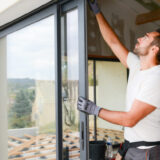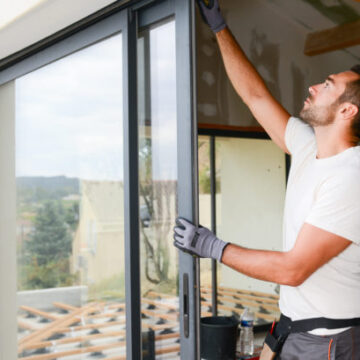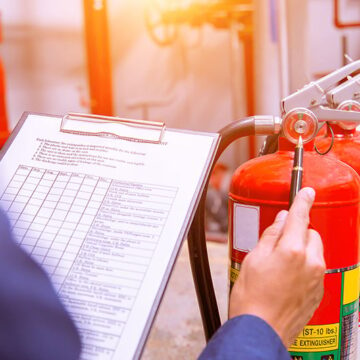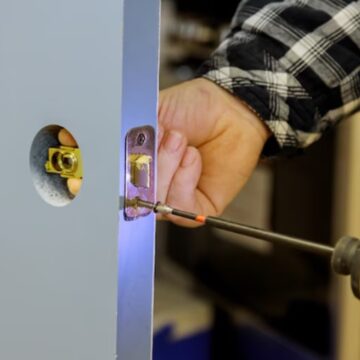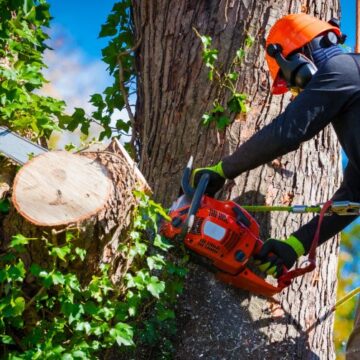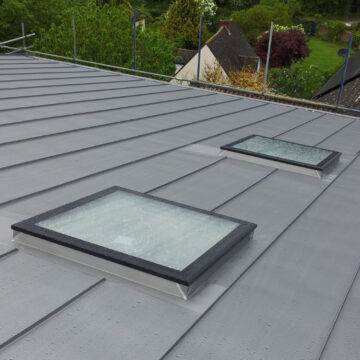When water damage occurs, it is essential to get it cleaned up as soon as possible to prevent severe long-term damage. It is also necessary to find a water damage restoration Springfield MA company with experience dealing with this type of work and is IICRC certified.
Drying out a home or business can take days, depending on the severity of the damage and what materials were affected. There are several steps involved in this process:
Water Damage Assessment
A water damage assessment is the first step in the water restoration process. This will help your professional team understand the extent of the damage and how much work is needed to fix it. This information can help you file insurance claims and determine whether or not your home is eligible for a FEMA disaster relief grant.
Please address water damage promptly and correctly to avoid long-term complications for your property and health. This includes many problems, such as mold growth and structural damage. In addition, prolonged exposure to water can lead to various health concerns, including asthma and sinus infections.
The City of Springfield is working to provide federal agencies with water damage assessment information following the derecho that swept through Central Illinois on June 29. The storm cost millions of dollars in response costs across various City departments. The most significant expenses are expected from City Water, Light, and Power for restoring power and fixing damaged infrastructure.
Dehumidification
Dehumidification is a critical step in the water damage restoration process. It creates an optimal curing environment, ensuring that paints, cement, and adhesives cure as specified and on time. It also prevents the expansion and contraction of building materials that can occur during temperature changes.
No one can predict when a disaster will hit their home or business. That is why it is essential to contact a restoration company immediately after a flood or leak occurs. This will minimize damage, protect your belongings, and save your property from long-term hazards like mold growth.
With full coverage in Western Massachusetts, Restoration 1 specialists are nearby and ready to help you get back to normal after a flood or any other kind of water emergency. With our headquarters in Springfield, we can quickly respond to your needs and get you back on your feet. We can help you restore your home or business and return it to its pre-loss condition.
Mold Remediation
The mold remediation process includes inspection, mold damage assessment, containment, air filtration, removal of contaminated materials, and clean-up. A licensed professional should complete it, which may require the assistance of industrial hygienists. The underlying cause of water accumulation must be addressed to prevent contamination in the future.
Molds grow well in humid environments. They can thrive in wet drywall, wallpaper, rugs, carpet, wood products, and insulation. They can also produce irritants and allergens that are hazardous to human health.
If you suspect your Springfield home has a mold problem, hiring a water damage restoration Springfield MA company specializing in this type of work is best. Avoiding a lengthy repair project will help you save time and money. A good company will use an effective sanitization technique. This will involve applying a cleaning mix to impacted surfaces, including drywall and subfloors. Then, the surface should be scrubbed and lightly wiped. This will get rid of the mold and sanitize the area.
Cleaning
Whether the problem is a broken pipe, a flood, or a water damage restoration project in Springfield, it’s essential to contact a professional immediately. They will be able to assess the extent of the damage and create an effective strategy for saving your home or business from further harm.
Water damage can be hazardous if it goes untreated for an extended period of time. This is because the water can cause mildew and mold to grow, wood to rot, metal to rust, and even pose serious biohazard contaminants.
It’s also essential to ensure that any area where water has been present is arid before starting any work. This can be done by opening windows and using fans to circulate the air. You can also use a dehumidifier to help remove any remaining moisture in the space.

